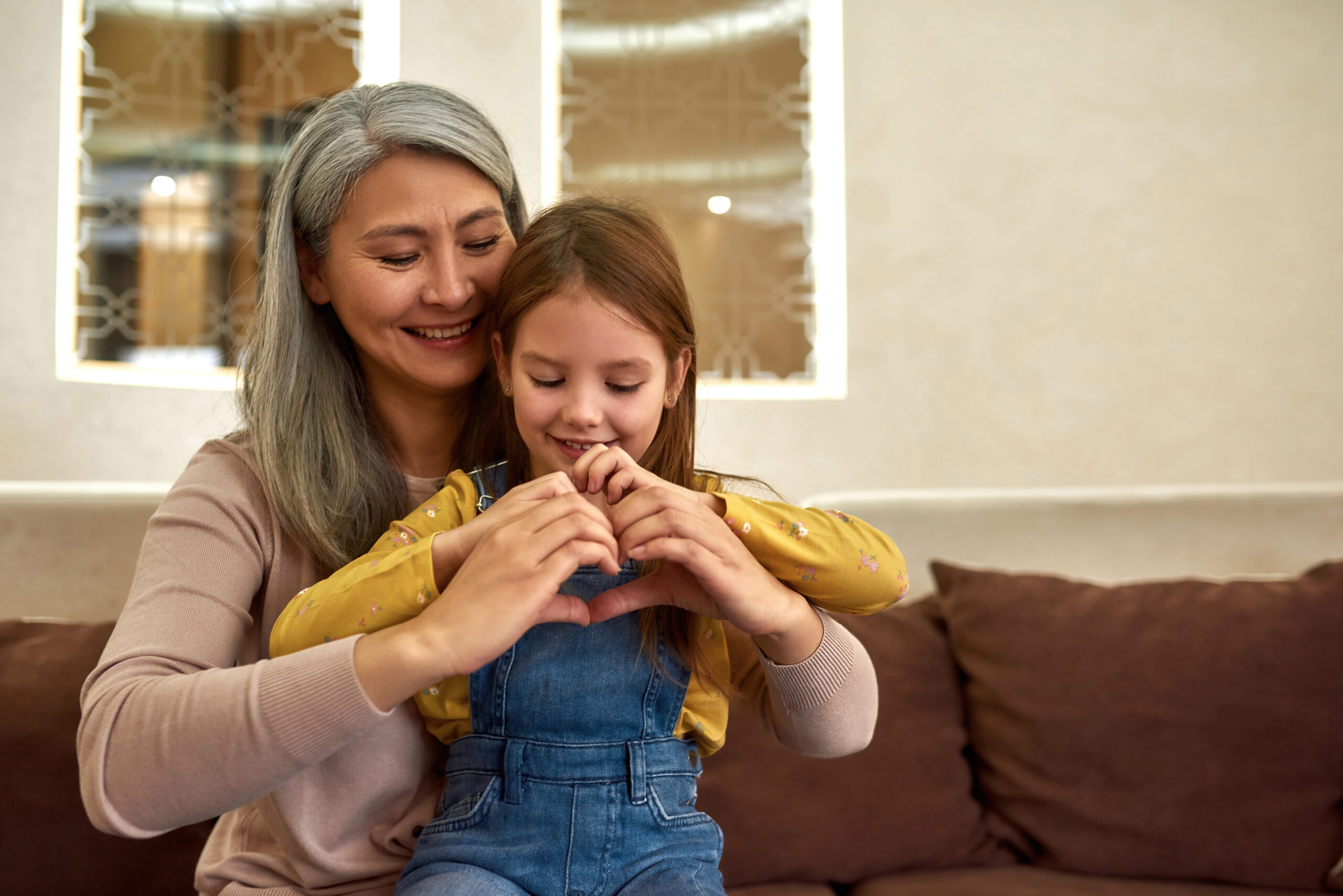This checklist is designed to help foster families maintain a safe, nurturing, and compliant home environment for children in care.
General Home Safety
- Working smoke detectors installed on every level and near bedrooms
- Carbon monoxide detectors (if home has gas appliances, fireplace, or attached garage)
- Fire extinguisher available, easily accessible, and regularly checked
- Clear, posted evacuation plan with two escape routes from each bedroom
- Emergency phone numbers posted and accessible (police, fire, poison control, caseworker, agency)
- Adequate lighting inside and outside the home (including stairways and exits)
- Windows with screens and doors lock securely but can be opened easily from the inside in case of an emergency
- Heaters, radiators, and fireplaces have protective barriers if accessible to children
Bedroom & Sleeping Arrangements
- Each child has their own bed with a mattress, clean bedding, and pillows
- Bunk beds used safely (no child under 7 on the top bunk)
- Cribs meet current safety standards (no drop-side rails, slats less than 2 3/8 inches apart)
- Bedrooms have proper ventilation, lighting, and an egress window or exit
- Drop ladder if bedrooms are on the second floor
- Personal space for each child’s belongings: closet space as well as dresser
Kitchen & Food Safety
- Knives, sharp utensils, and hazardous kitchen tools stored out of children’s reach
- Cleaning supplies, detergents, and chemicals stored in locked cabinets
- Refrigerator and pantry stocked with nutritious food and fresh drinking water
- Food is stored properly to prevent spoilage and contamination
- Working stove/oven and appliances in safe conditions
Bathroom Safety
- Medications, vitamins, and first aid supplies stored in locked cabinets or lock box
- Non-slip mats or decals in bathtubs/showers
- Water heater set to a safe temperature (below 120°F/49°C)
- Toiletries and cleaning products stored securely
- Functioning locks that can be opened from the outside in case of emergency
Living Areas
- Electrical outlets covered if young children are in the home
- Electrical cords secured and out of high-traffic areas
- Furniture, TVs, and heavy items secured to walls to prevent tipping
- No exposed nails, sharp edges, or broken furniture
- Safe, clean, and uncluttered play areas for children
Outdoor & Yard Safety
- Yard is free of hazards (broken glass, sharp tools, poisonous plants)
- Swimming pools fenced, locked, and covered when not in use
- Trampolines, playsets, or equipment in good condition and safely anchored
- Pets vaccinated, well-cared for, and safe around children
- Garage, shed, and outdoor tools secured and locked
Transportation Safety
- Vehicle is reliable, insured, and regularly maintained
- Appropriate child safety seats/booster seats available and correctly installed
- Seat belts in working condition for all passengers
- Emergency kit in vehicle (first aid kit, flashlight, blanket, water)
Health & Emergency Preparedness
- First aid kit stocked and easily accessible to adults
- CPR and First Aid training completed and up to date for caregivers
- Evacuation plan practiced with family
- Disaster supplies (flashlights, batteries, water, non-perishable food) available
- Agency-required safety inspections completed and documented






